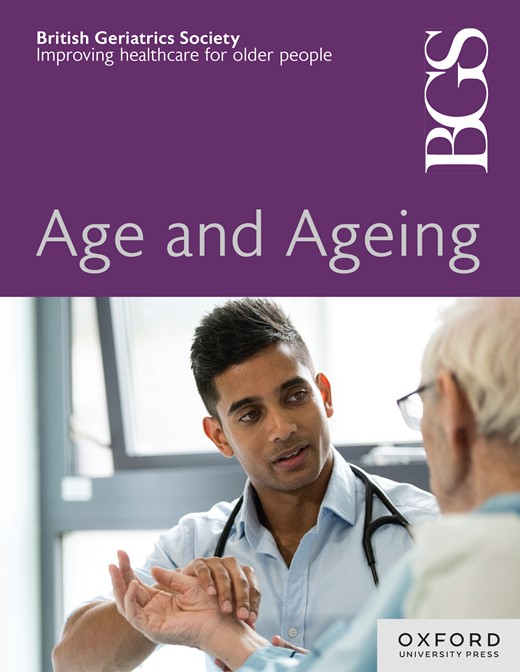轻推干预改善临终老年人医院护理的成本-后果分析:阶梯形聚类随机试验结果
IF 7.1
2区 医学
Q1 GERIATRICS & GERONTOLOGY
引用次数: 0
摘要
“适当护理和治疗干预”(InterACT)是一种轻推干预,旨在识别有即将死亡或病情恶化风险的医院患者,并将此信息传达给治疗临床团队。其目的是提高所提供护理的质量。本文报告了InterACT干预的成本-后果分析。方法于2020年5月至2021年6月在澳大利亚的三家大型三级医院进行了一项楔形聚类随机试验。实施干预措施的费用是根据预期收集的工作人员时间表、研究文件和实地记录确定的。还报告了试验干预和控制阶段之间住院费用和卫生服务结果的变化。住院费用和其他卫生服务结果从医院数据库和患者图表综述中获得。结果每名确诊的高危患者平均干预费用为72澳元。每个医院场址的额外执行费用在21 373美元至34 867美元之间,相当于每个有风险的住院病人23美元。干预措施没有降低重症监护病房住院费用、住院时间、医疗紧急呼叫或院内死亡。风险入院成本差异的置信区间较宽(95% CI: - 2264美元至3312美元)表明存在很大的不确定性。这项成本-后果分析发现,干预措施在降低非有益治疗的成本方面并不有效,这与更广泛的InterACT结果一致。在复杂的临终环境中,这种简单的轻推干预可能不足以影响卫生服务资源的使用和成本。本文章由计算机程序翻译,如有差异,请以英文原文为准。
A cost-consequence analysis of a nudge intervention to improve hospital care of older people at the end of life: results from a stepped-wedge cluster randomised trial
Objectives The ‘Intervention for Appropriate Care and Treatment’ (InterACT) was a nudge intervention to identify hospital patients at risk of imminent death or deterioration and communicate this information to treating clinical teams. The aim was to improve the quality of care delivered. This paper reports a cost-consequence analysis of the InterACT intervention. Methods A stepped-wedge cluster randomised trial was conducted across three large tertiary hospitals in Australia between May 2020 and June 2021. The cost of implementing the intervention was determined using prospectively collected staff time sheets, study documentation and field notes. Changes to hospital admission costs and health service outcomes between the trial’s intervention and control phases are also reported. Hospital admissions costs and other health service outcomes were obtained from hospital databases and patient chart reviews. Results The mean intervention cost was $A 72 per at-risk patient admission identified. Additional site-level implementation costs ranged between $21 373 to $34 867 per hospital site, translating to $23 per at-risk admission. The intervention did not reduce the cost of intensive care unit admission, length of stay, medical emergency calls or in-hospital deaths. Wide confidence intervals around at-risk admission cost differences (95% CI: –$2264 to $3312) indicated there was large uncertainty. Conclusions This cost-consequence analysis found that the intervention was not effective in reducing the cost of non-beneficial treatment, which is consistent with the broader InterACT results. This simple nudge-intervention alone may not be sufficient to impact health service resource use and costs in the complex end-of-life setting.
求助全文
通过发布文献求助,成功后即可免费获取论文全文。
去求助
来源期刊

Age and ageing
医学-老年医学
CiteScore
9.20
自引率
6.00%
发文量
796
审稿时长
4-8 weeks
期刊介绍:
Age and Ageing is an international journal publishing refereed original articles and commissioned reviews on geriatric medicine and gerontology. Its range includes research on ageing and clinical, epidemiological, and psychological aspects of later life.
 求助内容:
求助内容: 应助结果提醒方式:
应助结果提醒方式:


